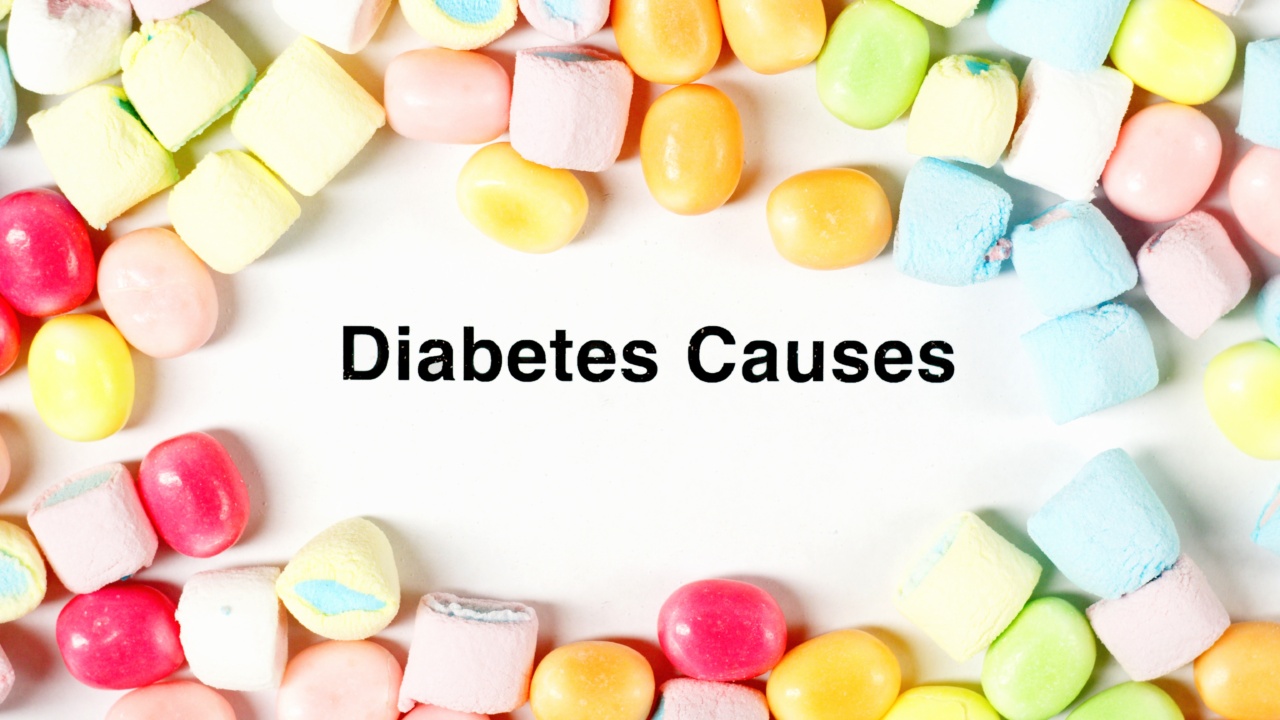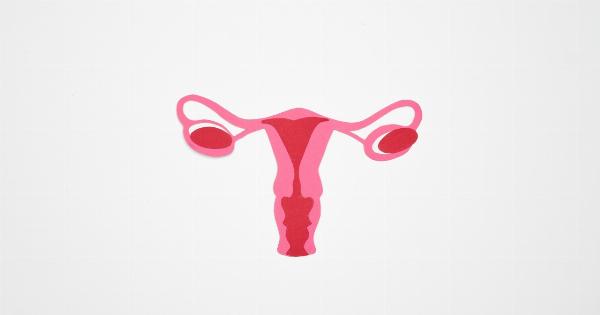Nonalcoholic fatty liver disease (NAFLD) is becoming increasingly prevalent in women due to various reasons such as a sedentary lifestyle and unhealthy eating habits.
It is a condition where excess fat builds up in the liver without any apparent cause such as alcoholism. This article will discuss the causes and consequences of NAFLD in women.
Causes of NAFLD in Women
NAFLD is a multifactorial condition where numerous lifestyle and genetic factors contribute to its development. Here are some of the significant causes of NAFLD in women:.
Sedentary Lifestyle
Women who lead a sedentary lifestyle are at a higher risk of developing NAFLD. Not engaging in regular exercise and physical activity can lead to an increase in fatty tissue, leading to insulin resistance, which eventually results in liver damage.
Unhealthy Eating Habits
Consuming a diet that is high in fat, sugar, and calories can contribute significantly to the development of NAFLD. Women who consume a diet that is low in fiber and high in processed foods are at a higher risk of developing the condition.
Hormonal Changes
Hormonal changes, such as those that occur during menopause, can contribute to NAFLD in women. The body’s metabolism slows down during menopause, which can lead to an accumulation of fat in the liver.
Genetics
In some cases, genetics can also play a role in the development of NAFLD in women. Some genetic mutations can cause an increase in liver fat, leading to liver damage and eventually, NAFLD.
Consequences of NAFLD in Women
NAFLD can have numerous consequences for women, both short-term and long-term. Here are some of the consequences of NAFLD in women:.
Liver Damage
The accumulation of fat in the liver can lead to liver damage in women. If left untreated, NAFLD can progress to non-alcoholic steatohepatitis (NASH), which can cause inflammation and scarring of the liver.
Insulin Resistance
Insulin resistance is a common consequence of NAFLD in women. The liver’s inability to process insulin efficiently can lead to an increase in blood sugar levels, which is a risk factor for type 2 diabetes.
Obesity
NAFLD is strongly associated with obesity in women. Women who have NAFLD are at a higher risk of developing obesity, which can lead to numerous other health problems such as heart disease, stroke, and high blood pressure.
Cardiovascular Disease
Women who have NAFLD are at a higher risk of developing cardiovascular disease. The accumulation of fat in the liver can lead to an increase in cholesterol levels, which is a risk factor for heart disease.
Treatment of NAFLD in Women
Here are some of the treatments for NAFLD in women:.
Lifestyle Changes
Making lifestyle changes such as engaging in regular exercise and consuming a healthy diet can help reduce liver fat in women with NAFLD.
Medications
There are various medications available that can help reduce liver fat in women with NAFLD. However, these medications are only available by prescription and should only be taken under the guidance of a healthcare professional.
Bariatric Surgery
Bariatric surgery, such as gastric bypass surgery, can help women with severe obesity and NAFLD lose weight and reduce liver fat.
However, this is a significant procedure, and potential risks and benefits should be discussed with a healthcare professional.






























